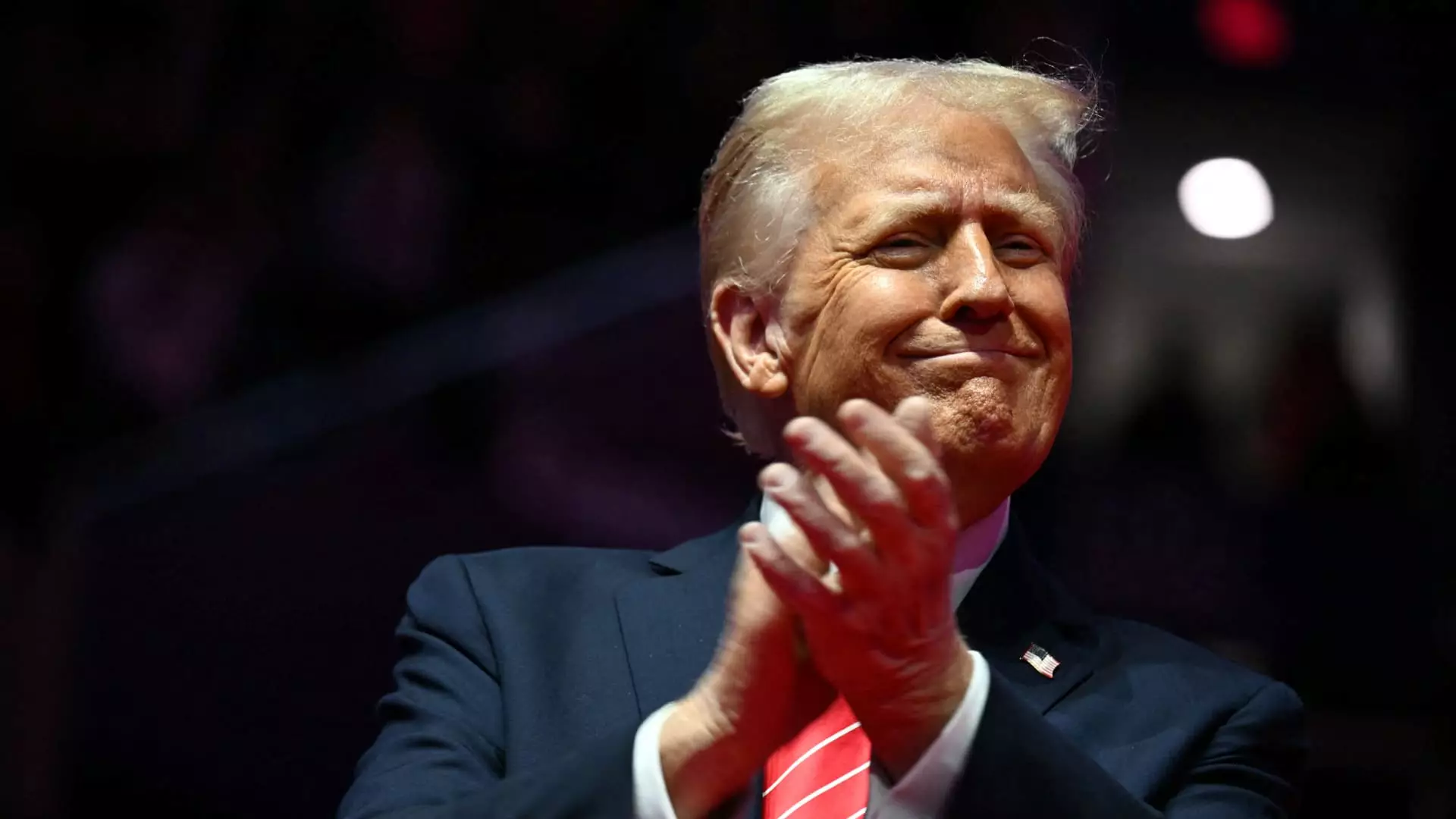In the politically charged atmosphere of Washington, D.C., Donald Trump is poised to embark on his second presidency with an ambitious agenda. On the first day after taking the oath of office, he reportedly plans to sign over 50 executive orders, potentially exceeding 100, reflecting a strategic approach to governance that characterizes his administration. This article will explore the implications of these anticipated actions, the context surrounding them, and their potential impact on the future of American politics.
A Grand Inauguration Amid Challenging Weather
The inauguration ceremony, set to take place inside the Capitol, will see Trump reaffirm his presidency at noon, swiftly followed by public engagements that showcase his commitment to future initiatives. Due to inclement weather, many of the related events will be held indoors, specifically at the Capital One Arena in Washington. This shift not only underscores the unpredictability of political climates but also emphasizes the importance of ensuring that the inaugural proceedings maintain a sense of celebration and accessibility for Trump supporters.
A significant aspect of this inauguration is the sheer volume of executive orders to be signed, reflecting Trump’s inclination towards direct executive action rather than engaging in lengthy legislative processes. Such an approach enables him to bypass potential roadblocks in Congress, allowing for swift implementation of his policies right from the outset.
As Trump prepares to unveil this first wave of executive orders, various reports indicate that they will span a range of issues important to his base. These include fulfilling key campaign promises, rolling back the policies of his predecessor, Joe Biden, and restructuring parts of the federal workforce. Significantly, one of the most anticipated actions revolves around declaring a national emergency concerning the U.S.-Mexico border. This move aligns with Trump’s longstanding commitment to border security and his efforts to combat illegal immigration—issues that stirred his political base throughout his first term.
The notion of declaring a national emergency can be traced back to Trump’s first term, where he sought to shift Defense Department funds towards building a border wall after Congress failed to allocate the requested financial resources. Although his efforts faced legal challenges, the forthcoming declaration signals Trump’s unwavering resolve to prioritize immigration enforcement from the outset of his second term.
Alongside the immigration-focused initiatives, there is anticipated action against climate-related provisions of Biden’s Inflation Reduction Act. Such a priority reflects a broader ideological divide between the two administrations. Trump’s strategy of potentially withholding congressionally approved funding raises questions about executive power and legislative oversight, as outlined by the Impoundment Control Act of 1974. Critics and legal experts will be keenly observing how Trump maneuvers around these longstanding legislative frameworks to pursue his agenda.
Moreover, Trump’s plans to reinstate the “Schedule F” policy, meant to reclassify federal civil service jobs, indicate a concerted effort to reshape the federal workforce. This reclassification aims to facilitate the appointment of individuals loyal to Trump’s agenda, illustrating a critical shift in how federal employees are selected and retained—further extending the reach of executive influence into the federal bureaucracy.
The Political Landscape Ahead
As Trump prepares to take these bold actions, the implications for American politics could be significant. The revival of the hyper-partisan atmosphere surrounding executive actions may lead to intensified scrutiny from opponents, legal challenges, and fervent debates over presidential authority. Furthermore, Trump’s determination to engage directly with his political base, as demonstrated at rallies leading to his inauguration, indicates a strategy geared towards mobilization rather than compromise.
The success or failure of these initiatives will set the tone for the remainder of Trump’s presidency and the Republican Party’s stance in the coming years. With a record-setting number of executive orders anticipated immediately after inauguration, the stage is being set for an aggressive political agenda that may reverberate throughout the fabric of American governance.
As Trump embarks on Day One of his second presidency, the long-term ramifications of his executive actions will undoubtedly influence the trajectory of American policy and political engagement. The forthcoming weeks and months promise to be critical in both shaping domestic policy and galvanizing political allegiances across the nation.

